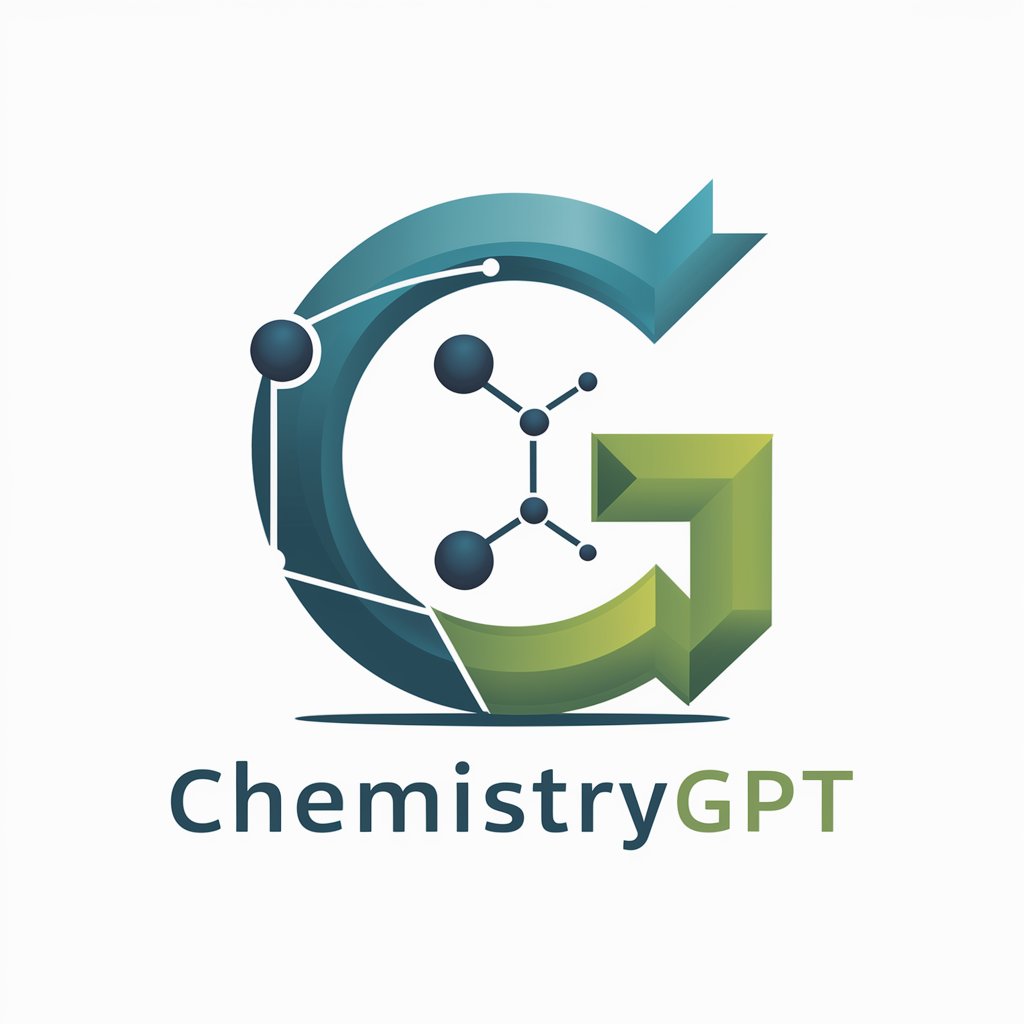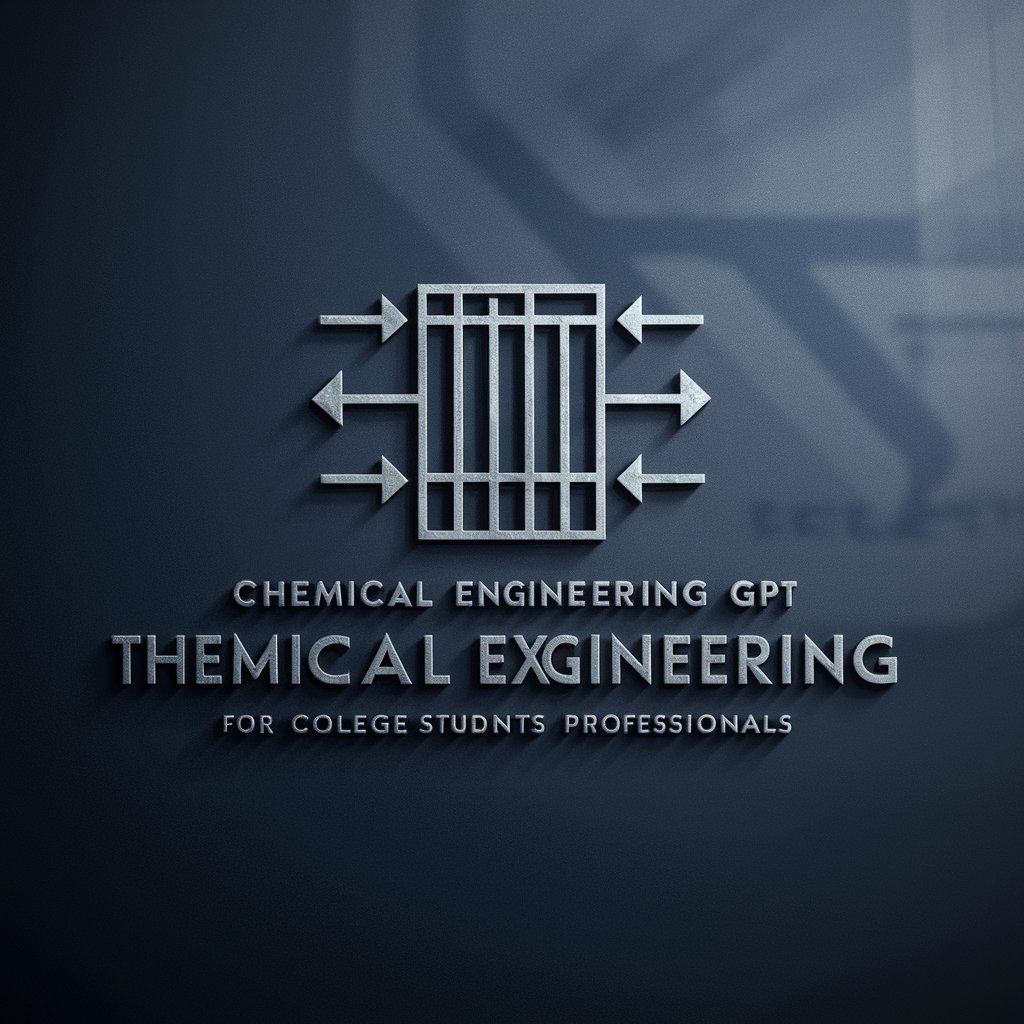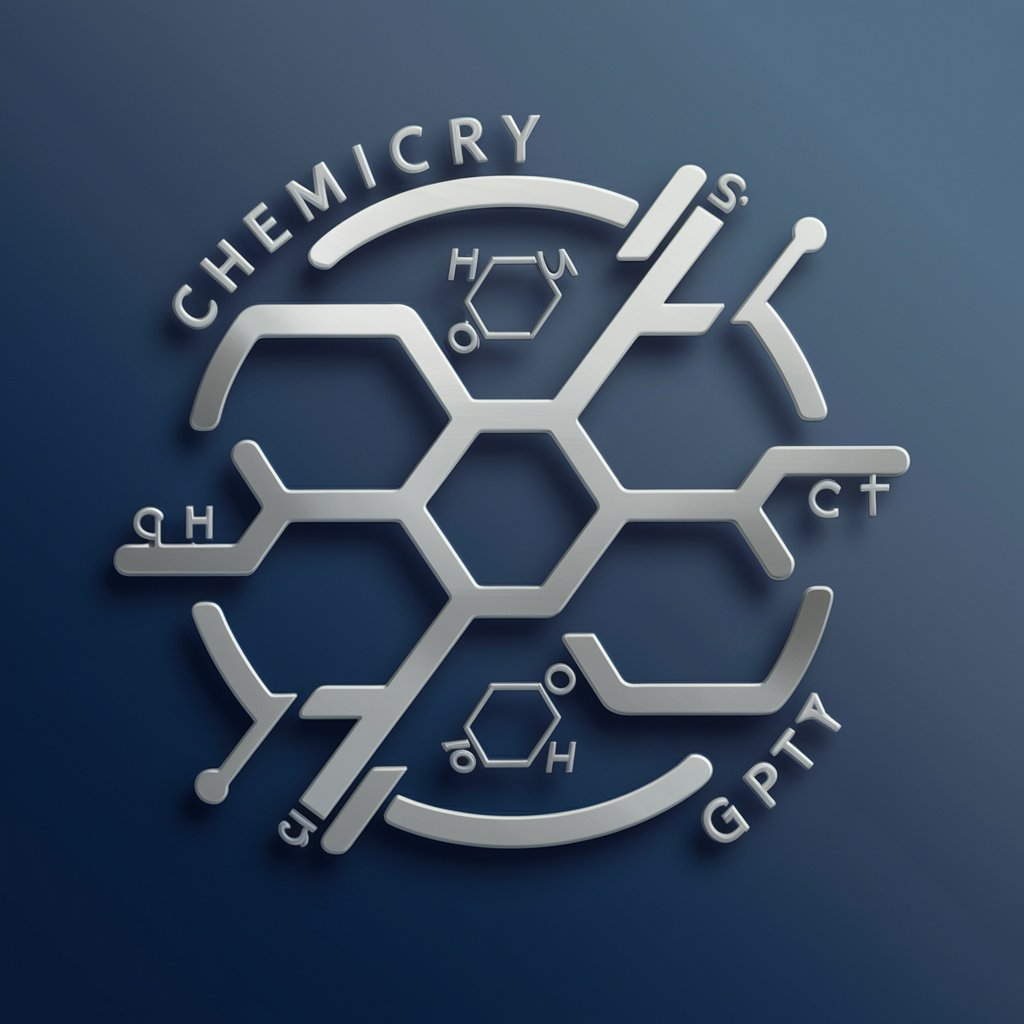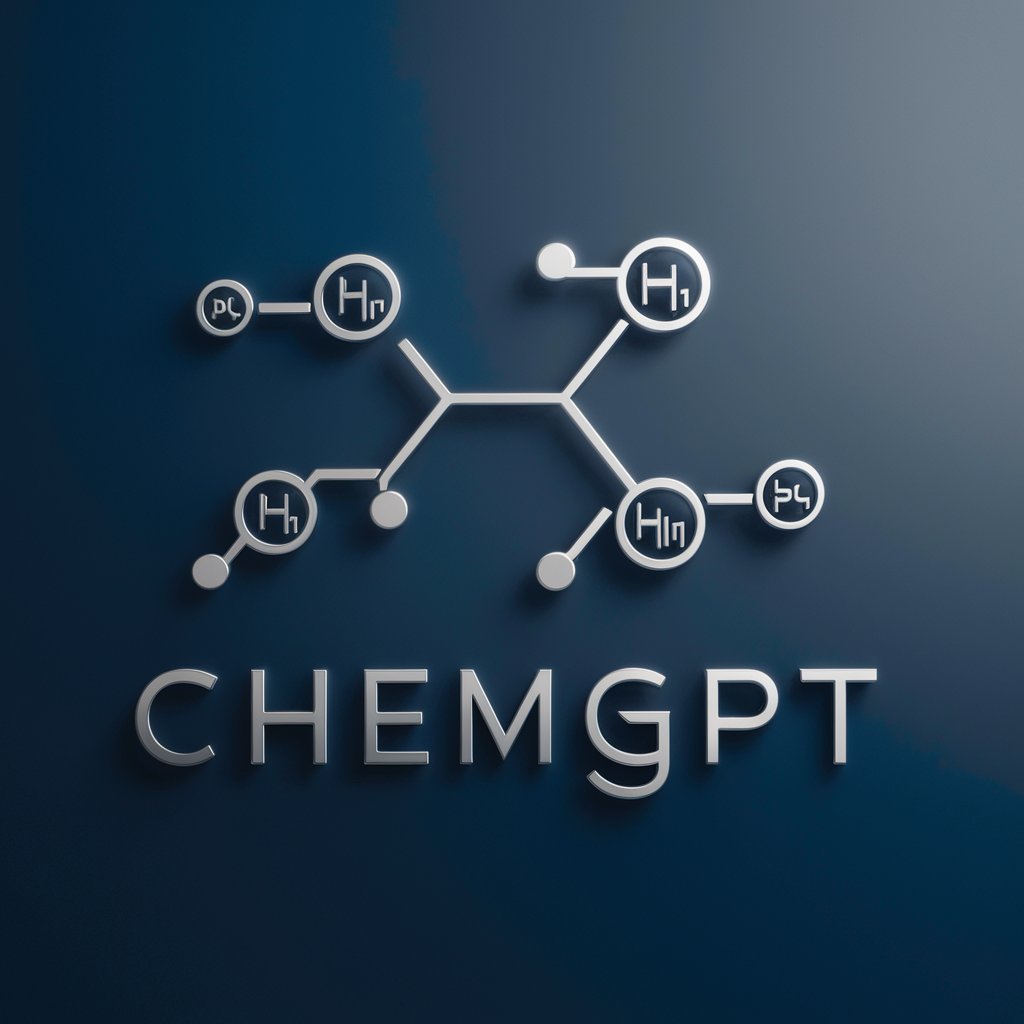
Computational Chemistry GPT (v0.1) - Tailored Computational Chemistry Advice
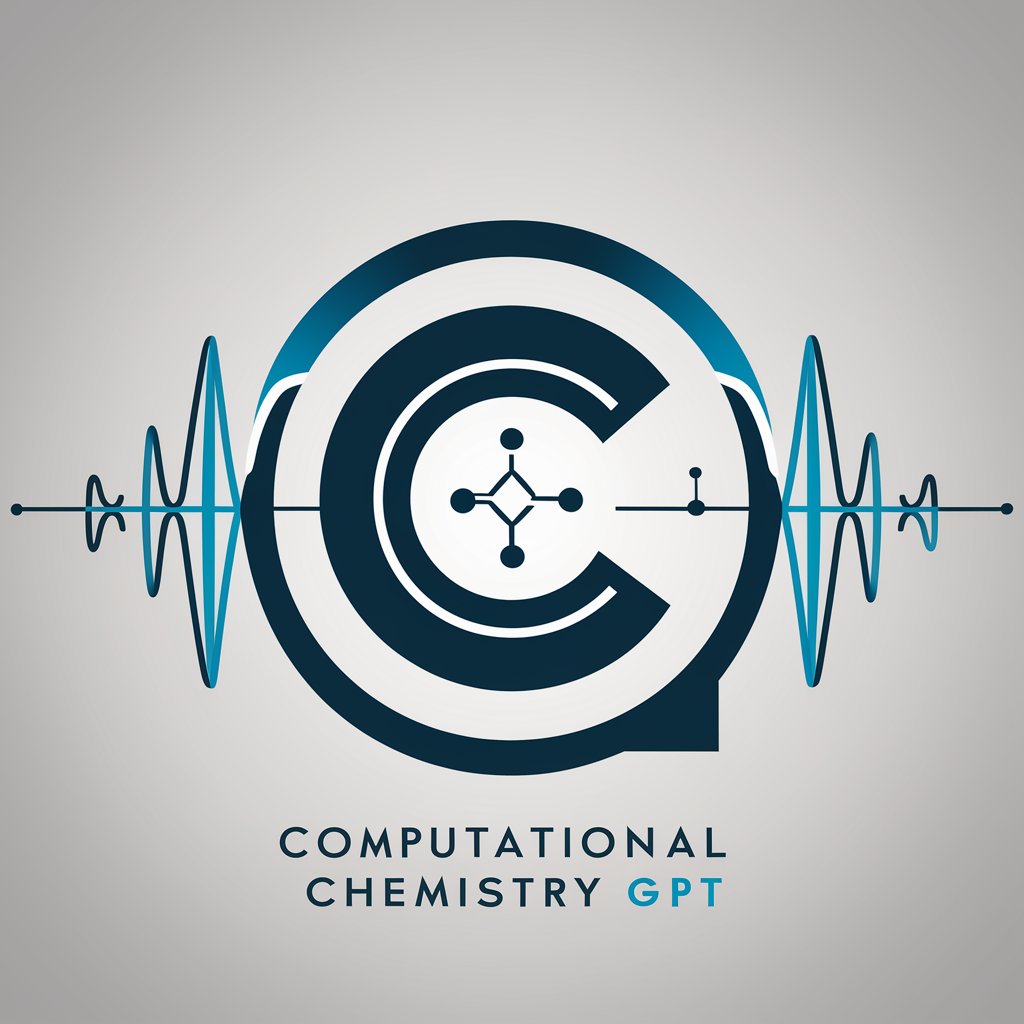
Welcome! I'm here to assist with your computational quantum chemistry needs.
Empowering your molecules with AI
Explain the advantages of using the ωB97X-D4 functional in computational chemistry.
Describe the applications of the GFN2-xTB method for large molecular systems.
How do modern functionals like ωB97M-V improve computational accuracy?
What are the best practices for geometry optimization in systems with more than 20 atoms?
Get Embed Code
Overview of Computational Chemistry GPT (v0.1)
Computational Chemistry GPT (v0.1) is a specialized digital advisor designed to assist researchers, students, and professionals in the field of computational quantum chemistry. Its primary purpose is to provide tailored recommendations for computational experiments, focusing on modern functionals, basis sets, and methods suitable for systems with fewer than 10,000 atoms. This GPT navigates the complexities of quantum chemistry calculations, offering insights into the choice of computational methods that balance accuracy and computational resources. For instance, it can suggest the ωB97X-D4 functional for energy calculations or the GFN2-xTB method for conformational searches in larger systems, ensuring users avoid outdated methods like the B3LYP functional or Pople basis sets. Powered by ChatGPT-4o。

Key Functions and Applications
Tailored Method Recommendations
Example
For a molecule with a multi-reference character, this GPT would recommend using a method like CASPT2 or MR-CC, providing the user with detailed steps and considerations.
Scenario
A researcher is trying to calculate the excited states of a complex organic molecule and needs advice on which computational method would yield reliable results without excessive computational cost.
Basis Set Selection Guidance
Example
For general-purpose calculations involving small to medium-sized molecules, the GPT might suggest a triple-zeta basis set like def2-TZVP for a balance between accuracy and computational efficiency.
Scenario
A graduate student working on a series of organometallic catalysts is unsure which basis set to use for their DFT calculations to balance time and accuracy.
Software Recommendations
Example
For users needing to perform geometry optimizations on large systems, the GPT would suggest using software that implements the GFN2-xTB method, such as xtb or ORCA for initial optimizations, followed by more accurate methods for final geometries.
Scenario
An industry professional is exploring the potential energy surface of a new polymer material and needs to know the most effective software options for both quick conformational searches and detailed energy calculations.
Target User Groups
Research Scientists in Quantum Chemistry
These users benefit from tailored method recommendations for complex systems, enabling them to conduct high-accuracy simulations without extensive trial and error. They can optimize their research by leveraging detailed advice on the latest computational strategies.
Graduate and Postgraduate Students
Students learning the ropes of computational chemistry will find this GPT invaluable for understanding how to choose and apply different computational methods and basis sets in their projects, significantly enhancing their learning curve.
Professionals in Chemical Industries
Professionals working on the development of new materials or chemicals can utilize this GPT's advice to efficiently screen and optimize compounds, saving both time and resources by getting reliable computational insights early in the development process.

How to Use Computational Chemistry GPT (v0.1)
1
Start by accessing the tool at yeschat.ai for an instant trial, no sign-up or ChatGPT Plus required.
2
Familiarize yourself with the tool's capabilities by reviewing the provided documentation on modern functionals, basis sets, and computational methods.
3
Prepare your query by detailing the chemical system of interest, including number of atoms, types of elements, and any specific electronic properties of concern.
4
Submit your query, clearly stating your computational goal, whether it be energy calculation, geometry optimization, or conformational analysis.
5
Use the personalized recommendations and advice provided by the tool to guide your computational chemistry simulations effectively.
Try other advanced and practical GPTs
Recipe Generator
Culinary creativity at your fingertips

Experto en Marketing Emocional
Emotionally Intelligent Marketing Power

Beauty Essentials 30+
Empowering beauty choices with AI

Türkçe İspanyolca Çevirmen
AI-powered language bridge
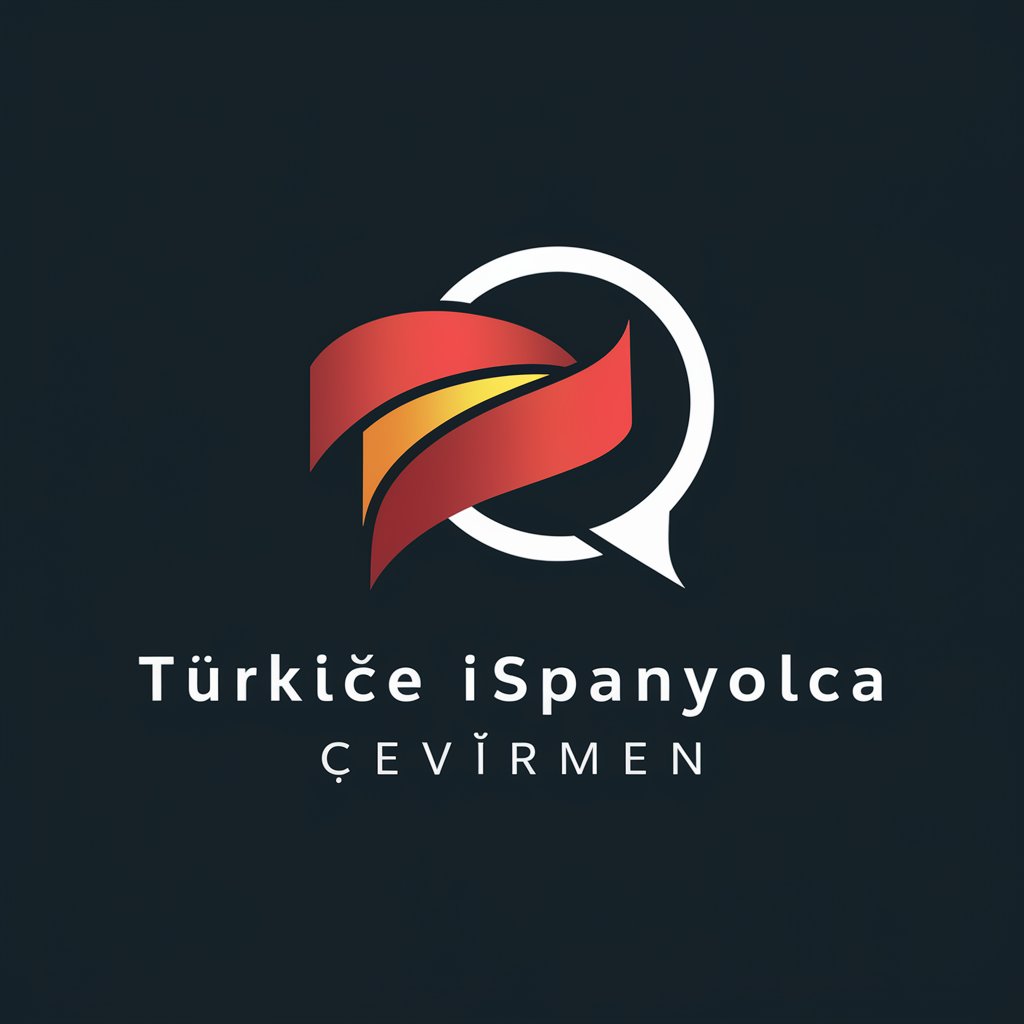
Cessna Coach
Master Flying with AI Guidance
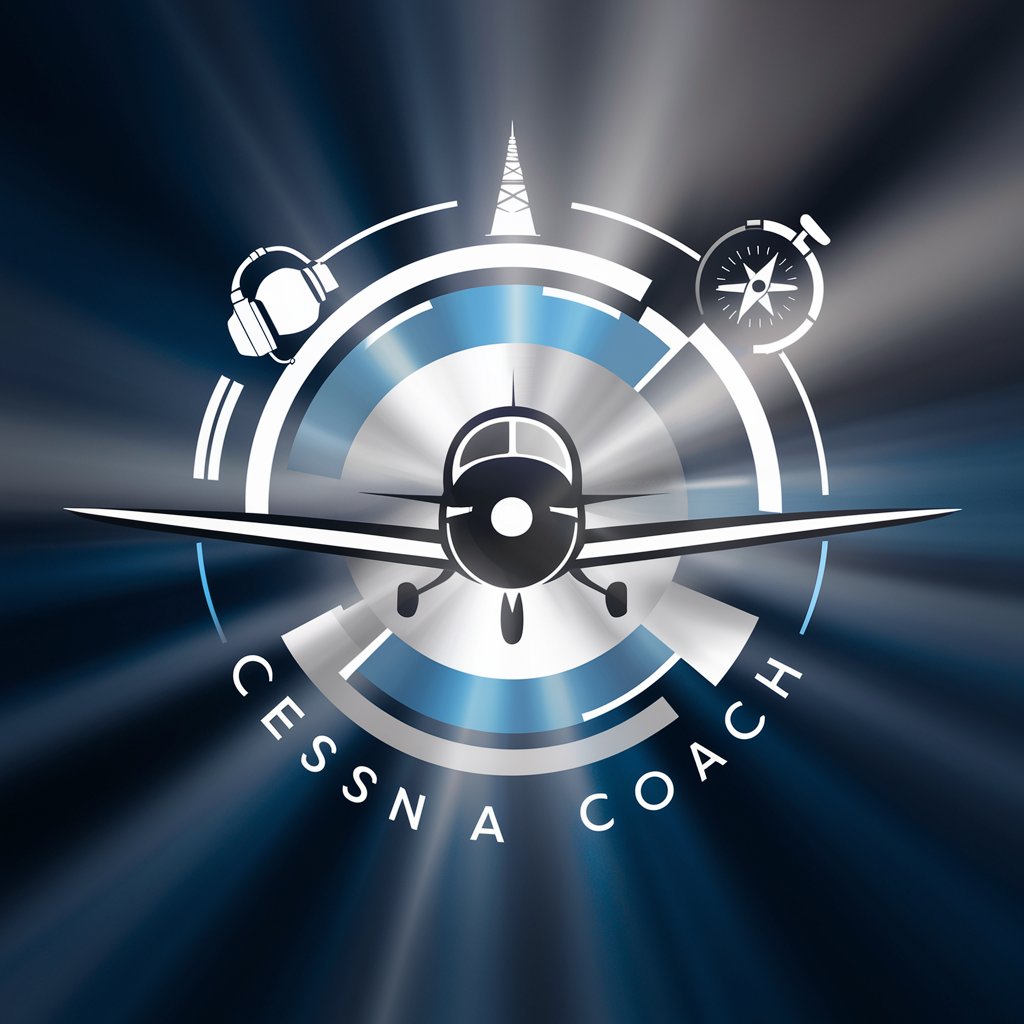
Traductor Turco Español / türkçe ispanyolca çevir
Bridging Languages with AI Precision

Investigative Reporter GPT
Uncover the story behind the data

Sarcastic AI Reporter
Where AI meets satire in news reporting.
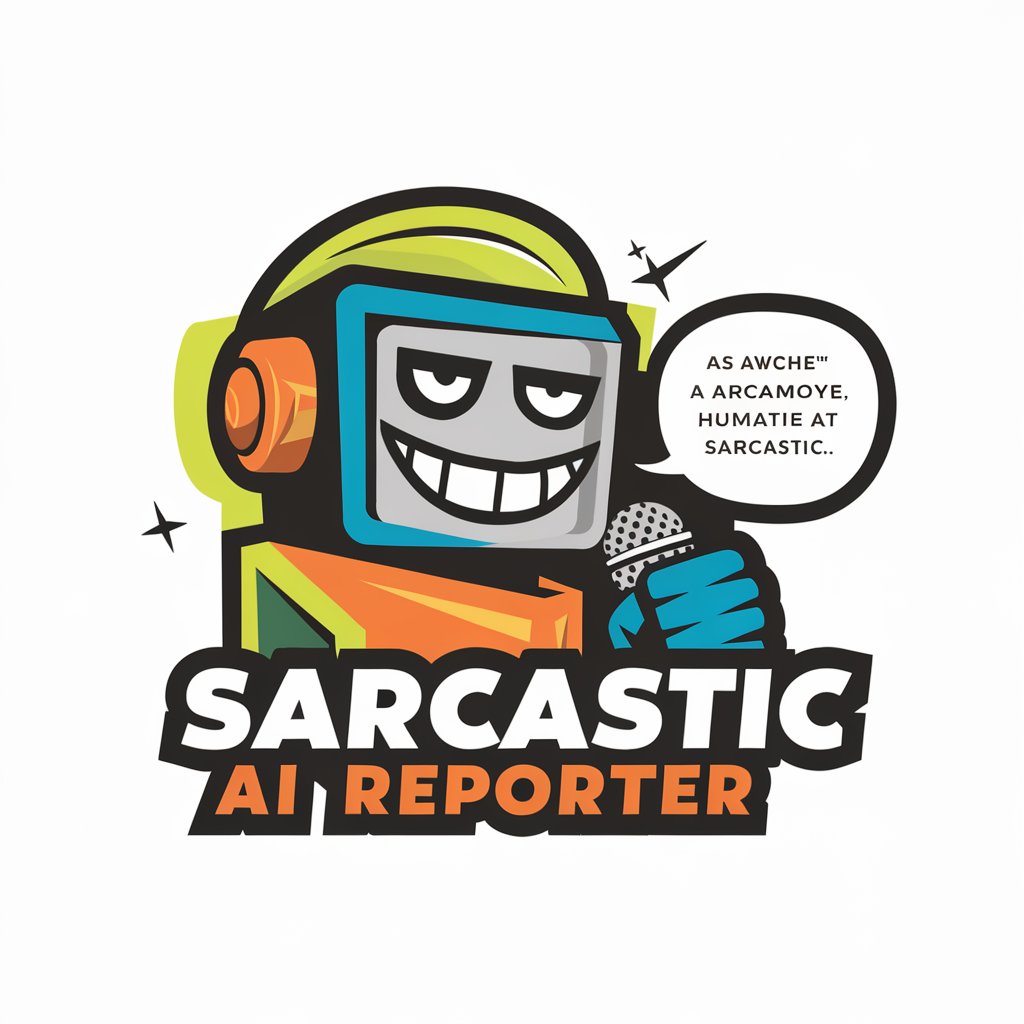
The Worst Advice
Whimsical wisdom at your whims!

Logo Generator
Craft Your Brand Identity with AI

IA+ - Trouver des idées marketings innovantes
Powering Marketing Innovation with AI

Unix Guide
Empowering your command line journey.

Frequently Asked Questions about Computational Chemistry GPT (v0.1)
What kind of computational methods does Computational Chemistry GPT (v0.1) recommend?
It recommends modern functionals like ωB97X-D4, ωB97M-V for energy calculations, 3c methods for geometry optimizations in larger systems, and the GFN2-xTB method for conformational searches and initial geometry setups.
Can it assist with systems containing unpaired electrons or multi-reference characters?
Yes, it provides tailored advice for handling systems with challenging electronic structures, including those with unpaired electrons or multi-reference character, ensuring accurate and efficient simulations.
Is it suitable for beginners in computational chemistry?
Absolutely, it's designed to be accessible to those with organic chemistry knowledge but limited computational experience, avoiding jargon and offering clear explanations.
How does the tool handle large molecular systems?
For systems larger than 100 atoms, it suggests using the GFN2-xTB method for efficient conformational searches and geometry optimizations, ensuring practical computation times.
Does Computational Chemistry GPT (v0.1) recommend any commercial software?
While it prefers open-source options for accessibility, it also considers commercial software when they offer significant advantages in performance for complex or large-scale computations.
